Ross Brawn says simulation work carried out on the 2019 cars show the effects which will aid overtaking. In recent years F1 cars have struggled to follow each other due to an increase in downforce. This has prompted an array of changes to the aerodynamics.
The front wing, brake ducts and bargeboards will all be altered next season ahead of major changes in 2021. This is part of Liberty Media and F1's long-term plan. Brawn claims he is pleased with the results from the simulation tests, but will only know for certain in Australia. This season, the race in Albert Park came under serious scrutiny due to the lack of overtakes.
"Our simulation work and from what the teams, with which we have worked closely on this, tell us [is that] the effects are tangible, even though we are well aware that the real proof will only come next March in the Australian Grand Prix," Brawn told Autosport.
"The changes introduced are a first important step, but not necessarily an exhaustive one, towards defining the new technical and sporting regulations that will shape the long-term future of Formula 1."
"It's a foretaste of what we are defining for 2021 and we are pleased with what we have already achieved for 2019, but clearly we have high hopes, even in the short term."
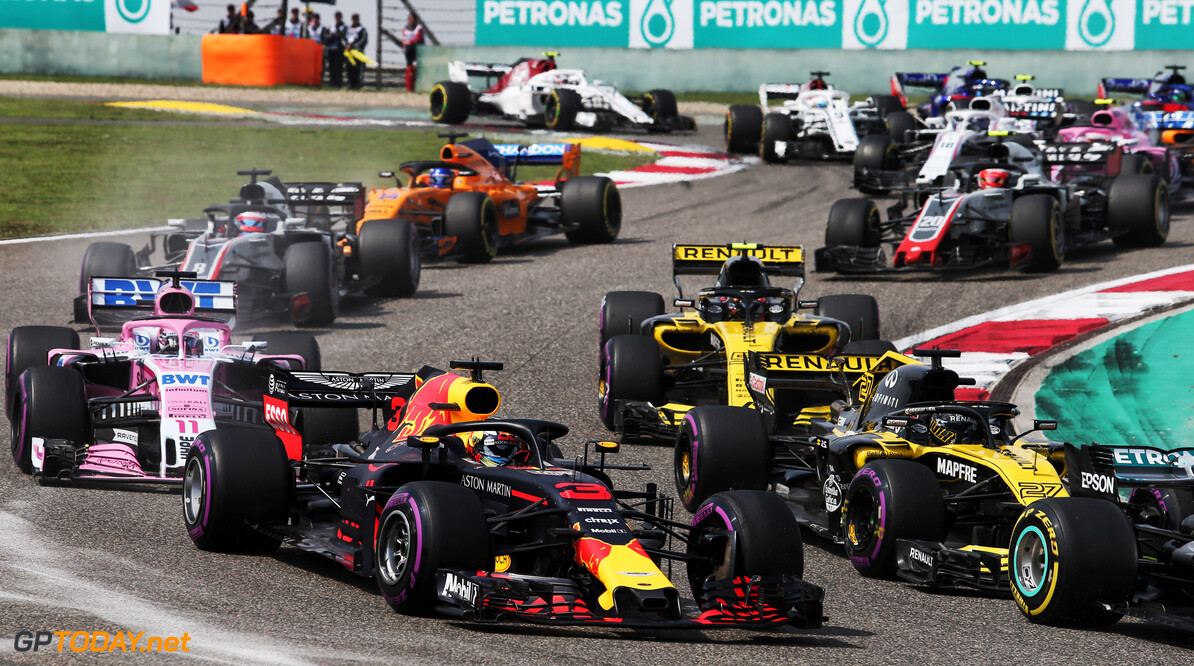
 3
3













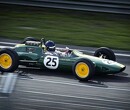
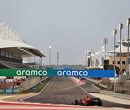
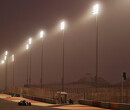
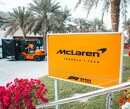


Replies (3)
Login to replyRam Samartha
Posts: 1,172
A little bit of good news perhaps. Sad to see these youngsters dissin Ross. He's forgotten more about F1 than they'll ever know. Considering he's the guy behind Ferrari's past success and basically the engineer of Mercede's current success, I have faith he knows what he's doing and is taking F1 in the right direction. I read an article recently where he said he's approaching making Liberty successful like he approached winning world titles at Ferrari, and that pulling it off will be better than winning a world title. He should know. Talk about the dream job.
RacetoWin
Posts: 95
hopefully they keep the fuel capacity and flow the same, with less drag cars will surely be more fuel efficient and will hopefully eliminate the silly and "unwanted" fuel savings pace during the race.
after all a race in f1 should be all out without trying to be a Toyota prius gasmeiser.
fuel restrictions should be against "chemically enhanced fuels" and return to pump gas and lets return to actual racing on the track, not simulated runs made live.
Kean
Posts: 692
I get the feeling that the critique against these rule changes are somewhat confused. As I understand it the changes are aimed at reducing the dirty air behind the cars, allowing for other cars to follow more closely. As it is now drivers feel the aero effects of cars ahead when they’re within 3-4 sec of the car in front. If these rule changes improves that by half then that’s progress. Now the changes as such were predicted to have an effect on downforce, but teams are now saying that they’ve managed to gain back the loss of downforce, prompting people to say that the rule changes are ineffective. But does the gain in downforce that teams have found automatically mean that the changes will have no effect on the dirty air? The way I see it Ross is saying that the dirty air will be reduced, and the teams are saying the will roughly have the same downforce. Seems to me like a win-win.